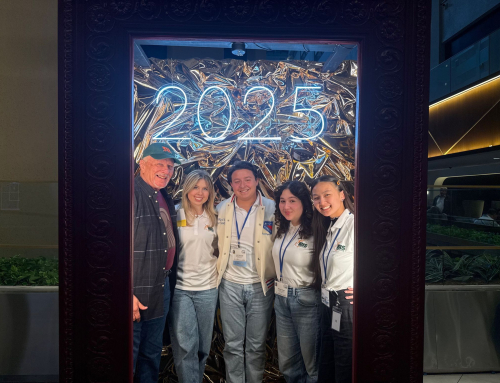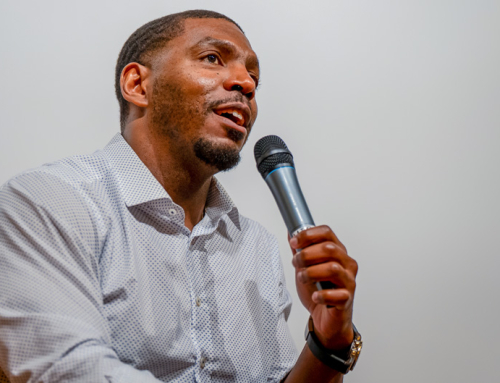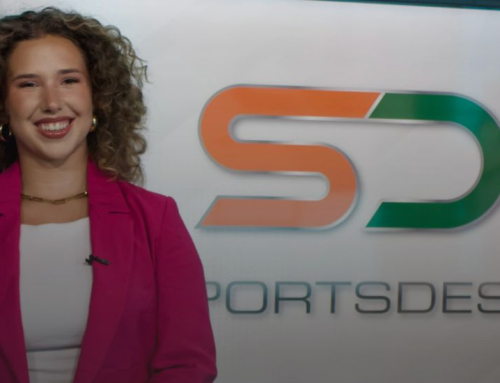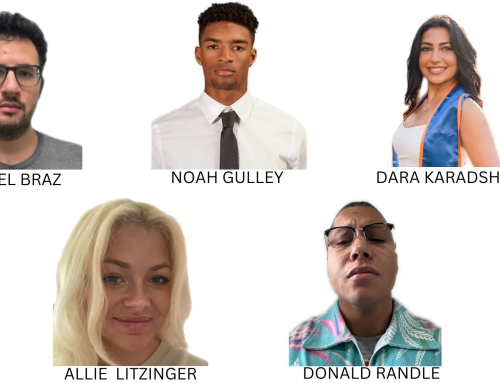Professor Joseph B. Treaster, in the Department of Journalism and Media Management, worked as a reporter and foreign correspondent for The New York Times for more than 30 years before joining the University of Miami faculty. After coming to Miami, he edited The Times’ Eye of the Storm hurricane blog, managed a team of weather experts around the country and wrote frequently for Eye of the Storm. His latest contribution to The Times was an interview with Dr. David W. Breneman, an economist and former dean of the School of Education at the University of Virginia, on the trend away from liberal arts studies toward career-oriented programs like engineering and business. Here is the interview:
Liberal Arts, a Lost Cause?
By JOSEPH B. TREASTER, JULY 31, 2015
Twenty-five years ago, the economist David W. Breneman published a controversial report lamenting a shift away from liberal arts toward practical courses like engineering and business. Now, more and more university students enroll in professional programs, and the small colleges that were the hallmark of a liberal education are increasingly adding market-oriented programs. Some are closing. Sweet Briar, the 114-year-old women’s college in Virginia horse country, is one of the latest to run into trouble. Dr. Breneman, who had just finished six years as president of Kalamazoo College when he wrote his paper, went on to be dean of the school of education and a director of the school of public policy at the University of Virginia. After 10 years on Sweet Briar’s board, he stepped down in June as a new crew took on a rescue mission.
What does the trend away from liberal arts tell us about America?
I don’t think one should get melodramatic about this, but we are drifting toward turning college into a trade school. And that is ultimately harmful. The original ethos of education was that it prepared people for citizenship, for enlightened leadership, enhanced their creativity. There was a tradition going back to Jefferson, who founded the University of Virginia, that a liberal arts education was the core of our democracy. If we lose an educated populace, we’re open for demagogy. We need broadly educated people.
In 1990 there were thought to be 600 liberal arts colleges. You looked at their curriculums and said there were really about 200. Three years ago, researchers counted 130. Where are things heading?
Most of the very fine liberal arts schools are going to survive. But some of them are verging more into professional fields. In 15 years, the number of liberal arts colleges might be down to 120 because of the pressure to add more practical offerings. And the closure of small private colleges that morphed out of liberal arts long ago is going to continue.
Why are students turning their backs on the liberal arts?
The cost of college has soared and students are having to borrow more. These things tend to make the liberal arts look like a luxury. The economics profession has had a severe influence on this. Gary Becker, the University of Chicago economist, used the term “human capital.” He looked at education as an investment, like buying a machine. He won a Nobel Prize. We’ve got a whole way of thinking about college that focuses on the rate of return. And that dismisses the intangible benefits.
Do you see a remedy?
I don’t see this turning around any time soon. States are spending less and less on higher education and that pushes up tuition. What matters are the big universities. Private liberal arts colleges are a blip in the ocean. It takes 15 of them to equal one state university.
And what about Sweet Briar?
Sweet Briar has had to deal with all of these issues. But our problems were compounded by being a single-sex school. Very few young women want to go to a women’s college: 45 or 50 years ago there were 230. Today there are fewer than 50.
Sweet Briar has been a rarefied place. One of its attractions was a horseback-riding program.
It’s fought this image all along, as sort of a finishing school. The riding program was, to some degree, a recruiting device. When I got on the board they had to build another stable because we’d run out of places to park horses. And if you didn’t stable a horse, you didn’t get the girl.
A Virginia judge ruled that alumni can revive Sweet Briar this fall. This was after the board had voted unanimously to close. What was the tipping point for you?
We just couldn’t get the enrollment. If you can believe this, we started an engineering and a business program. And we were trying to keep the 25 or 30 academic disciplines we had always offered. We had outstanding bond indebtedness and a $10 million note. We didn’t see a path forward. I don’t know that the new group has a very clear path either. But God bless them. I hope they succeed.
Joseph B. Treaster is a professor in the School of Communication at the University of Miami.
This interview has been edited and condensed.
A version of this article appears in print on August 2, 2015, on page ED6 of Education Life with the headline: Liberal Arts, Lost Cause?.
This article originally appeared at http://www.nytimes.com/2015/08/02/education/edlife/liberal-arts-a-lost-cause.html?emc=eta1&_r=0.





